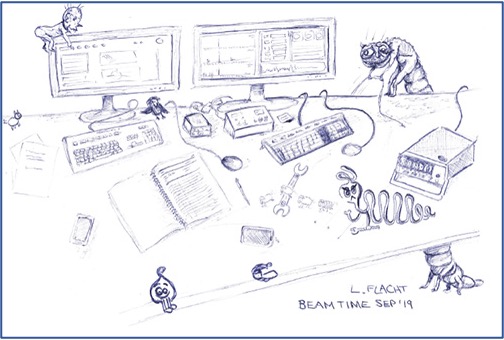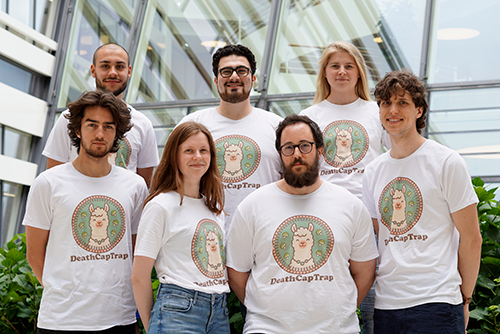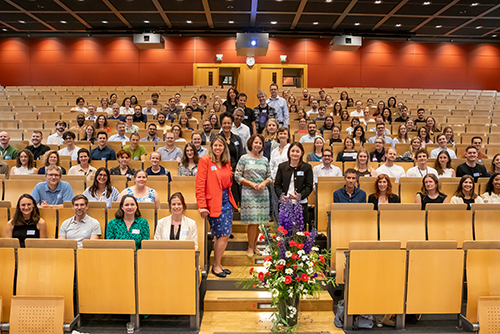AhR: A Cellular Secret Agent
The transcription factor Aryl Hydrocarbon Receptor (AhR’s) ability to spy on inter-bacterial communication enables the host to mobilize an appropriate defense mechanism during infection.
Battles are relentlessly being waged at the microscopic level between invading pathogens and host cells. Understanding exactly what maneuvers are taking place on this minuscule battel ground helps bring scientist closer to developing novel treatments that prevent infection. In a new paper published in Science, CSSB Scientist Michael Kolbe and his collaborators provide detailed information regarding how a host monitors inter-bacterial communication during infection by Gram negative bacterium Pseudomonas aeruginosa.

In battle, Pseudomonas aeruginosa (P. aeruginosa) is a particularly lethal adversary as it is a major cause of serious infection in immunocompromised patients such as burn victims or patients with AIDs. Possessing a wide range of mechanisms which enable it to adapt to harsh environments, this Gram negative bacterium is profoundly antibiotic resistant and responsible for many nosocomial infections. One such mechanism is P. aeruginosa’s capacity to perform quorum sensing (QS); a cell to cell signaling mechanism used by the bacteria to coordinate their activities.
In any battle, it is advantageous to intercept enemy communication. Kolbe and his collaborators found that the transcription factor AhR acts as a sort of cellular secret agent spying on the QS molecules sent by P. aeruginosa. AhR is unique in that it is able to recognize three distinct types of QS molecules. The Kolbe group developed an assay to help identify and quantify these small molecules sensed by the AhR.
Preforming in vivo experiments on zebrafish and mice the scientists discovered that AhR not only senses bacterial communication but is also able to orchestrate an appropriate defense according to the level of threat posed by the invading bacteria. AhR shapes the hosts immunity to infection by acting as a “processing-hub” and integrating information from different QS molecules. AhR is then able to mobilize the appropriate host defense mechanisms.
“Given the large number of infections caused by P. aeruginosa it is critical that we develop a detailed understanding of the interactions between this pathogen and its host,” explains Kolbe “the details we have gained from this study bring us a step closer to identifying novel targets for drug development and to developing innovative therapeutic approaches.”
Original Publication:
Moura-Alves P et al. (2019) Host monitoring of quorum sensing during Pseudomonas aeruginosa infection. Science. 2019 Dec 20;366(6472). pii: eaaw1629. doi: 10.1126/science.aaw1629.



